5 Exercises to Power up Your Pelvic Floor
By Lauren Jane
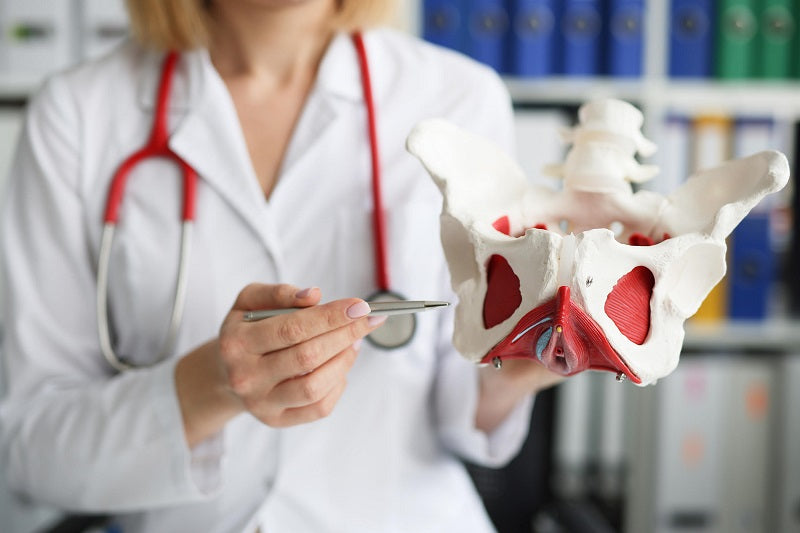
Urinary incontinence is not just an issue that shows up in old age.
Between 20,000 and 60,000 Aussies (1 in every 50) from the ages of 13 to 18 experience some form of incontinence, and 50 percent of those who suffer report that the condition affects their mental health.
Teens, new mums, and women entering menopause face this issue, and most suffer in silence. It’s unfortunate that we do so much for our voluntary muscles but almost nothing for our involuntary muscles—the bladder and pelvic floor. Yet, dysfunctions in these muscles are responsible for such issues as leakage, incontinence, and prolapse.
Maintaining a healthy pelvic floor to support bladder function is incredibly important, and this doesn’t just mean a strong pelvic floor. You’ll also need a pelvic floor that can fully relax when needed.
Our women’s health expert Tilly shares the following exercises, which are great for building awareness of the pelvic floor muscles (PFMs), toning and relaxing the pelvic floor, and strengthening the deep core muscles.
1: Supine Kegel Activation
Lying down on your back is the best way to get started with pelvic floor activation and Kegel exercises. This exercise will both emphasise activating the pelvic floor muscles by performing a Kegel, as well as relaxing them with a reverse Kegel.
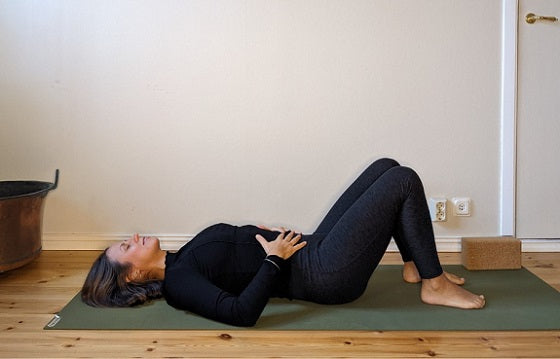
- Start by lying down on your back, feet on the floor, and spine in a natural position.
- Inhale on a count of 5 through the nose and visualise the breath moving down towards the pelvic floor.
- Feel the base of the pelvic floor widening, opening and gently stretching.
- Exhale on a count of 5 and visualise the sit bones, pubic bone, and tail bone moving together while creating a gentle lift of the PFMs up towards the heart.
- Fully release, then repeat this process for 6-10 breaths or as long as comfortable.
2: Supine Core Activation with Block
This exercise requires a block or a bigger size book.
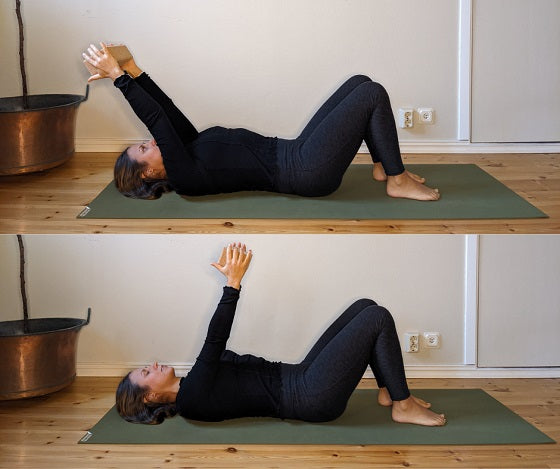
- Lie down on your back, feet firmly on the ground.
- Bring the block above your head and maintain a slight activation of the abdominal muscles while maintaining a natural spine.
- Bring in the same breathing as above in the Kegel activation.
- With inhalation, bring the block further above your head away from your pelvis without changing the position of the spine.
- With an exhalation, engage the PFMs and as you bring the block closer towards the pelvis, draw the navel very gently in towards the spine, activating the transversus abdominis and creating a ‘brace’.
- Repeat 5 -10 times.
3: Leg Press
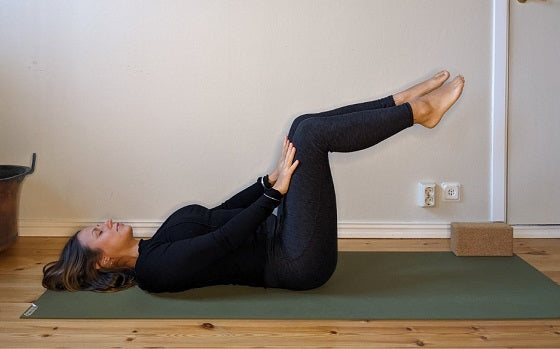
- Lying down on your back, bring your knees to a 90-degree angle.
- Keep your back in a natural position on the floor and place your hands on your thighs.
- Gently push your hands into your thighs, making sure your legs don’t move.
- Continue this by pressing into your thighs for five seconds while continuously breathing and then rest.
- Repeat ten times or as tolerated.
4: Bridge Pose
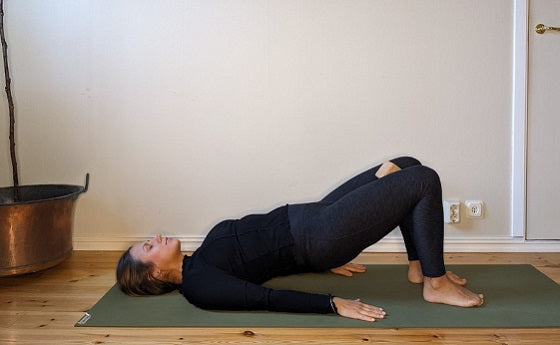
- Lie down on your back, and place your feet firmly on the ground. You can use a yoga block between your thighs, too.
- Gently find the pelvic floor engagement like in the Supine Kegel while creating a ‘brace,’ contracting the transversus abdominis.
- Press your feet into the ground, squeeze the block, and lift the pelvis off the floor.
- Hold and take 2-5 deep breaths while maintaining the brace.
- Release down and tip your knees side to side to release tension.
- Repeat 3-5 times.
5: All Fours - Outward Rotation
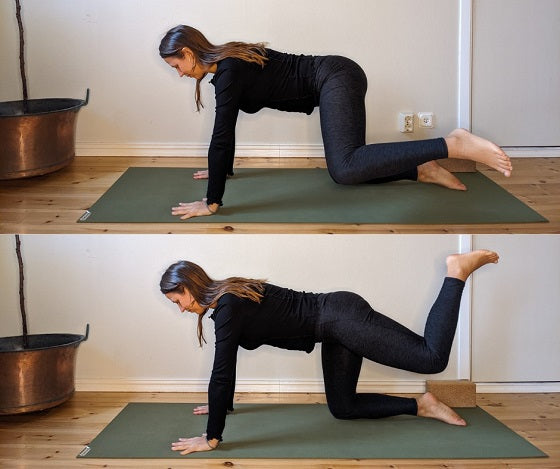
- Get into an all-fours position on your hands and knees. Find the pelvic floor activation and maintain a slight brace of your abdominal muscles, gently bringing the navel towards the spine.
- Open one leg out to the side while maintaining a neutral spine and square hips.
- Bring the leg so that the heel points to the ceiling before lowering down to the starting position.
- Repeat 4 times on each leg, then rest.
Hydration, Diet & Supplements
While movement and body awareness are an integral part of healing and bodily support, we also recommend pairing these exercises with proper hydration to move wastes out of the body, along with foods that are alkaline-forming.
Fruits and vegetables are recommended to create a calming effect on the bladder and, of course, Happy Bladder to improve bladder tone and reduce bladder accidents.
See Matilda demonstrate the above pelvic floor exercises & tips for a happy healthy bladder in this YouTube video below.
In Short: Pelvic Floor Exercises for Bladder Health
Strengthening the pelvic floor muscles is essential for preventing incontinence, prolapse, and bladder dysfunction. These simple pelvic floor exercises not only build strength but also improve relaxation, awareness, and coordination—helping women of all ages, from teens to post-menopause, maintain confidence and bladder health naturally.
Key Takeaways
- Why it matters – A healthy pelvic floor prevents leaks, supports bladder tone, and improves overall women’s health.
- Supine Kegel activation – Teaches awareness of contraction and relaxation of the pelvic floor.
- Supine core with block – Builds coordination between pelvic floor and deep core muscles.
- Leg press – Strengthens pelvic stability and improves muscle endurance.
- Bridge pose – Engages glutes, core, and pelvic floor while enhancing circulation.
- All fours rotation – Adds functional strength and balance to pelvic floor training.
- Lifestyle support – Hydration, an alkaline diet, fruits, vegetables, and supplements like Happy Bladder further improve bladder tone and reduce accidents.
Regular pelvic floor training combined with hydration, nutrition, and natural bladder support products can help reduce incontinence and build long-term pelvic strength.

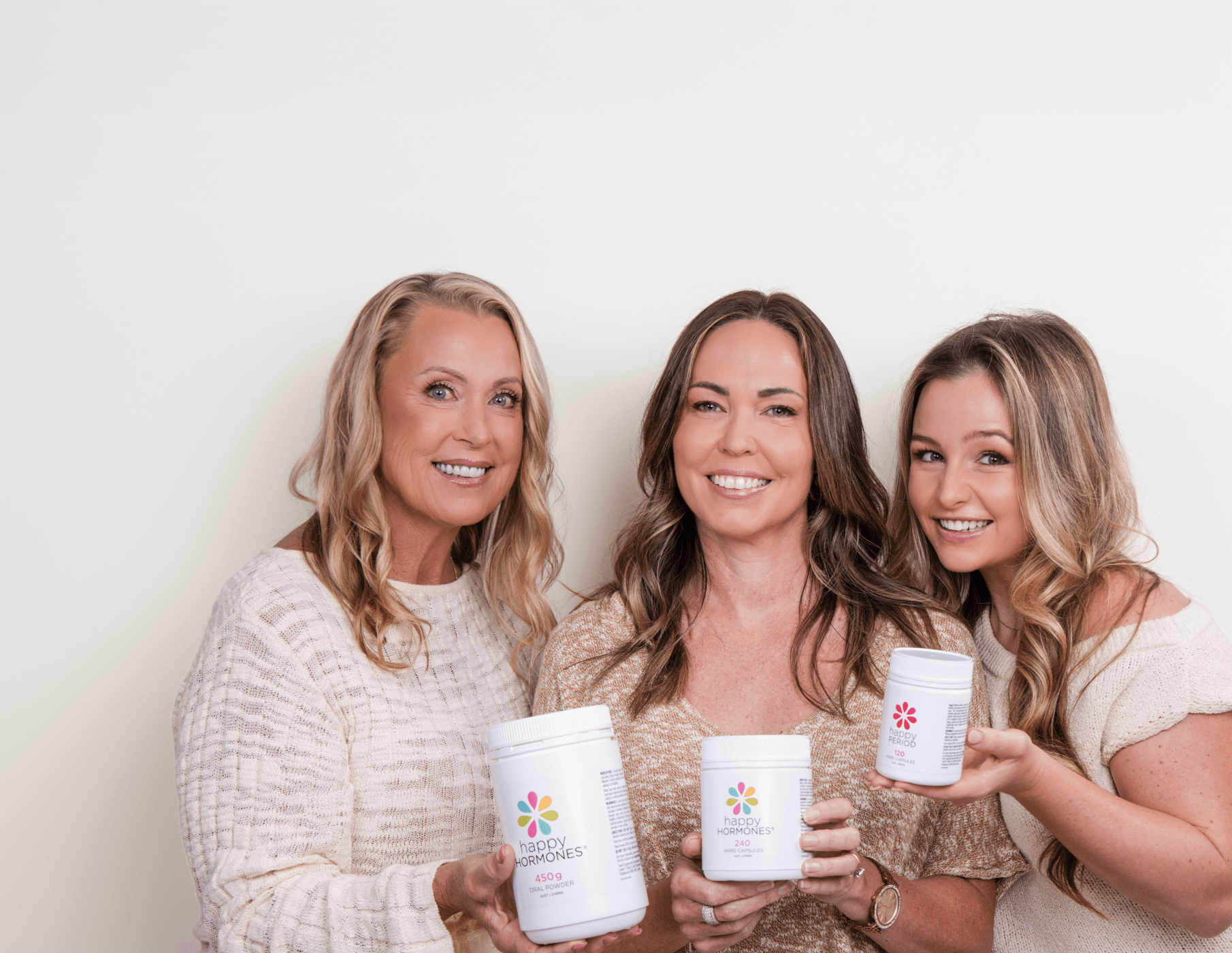
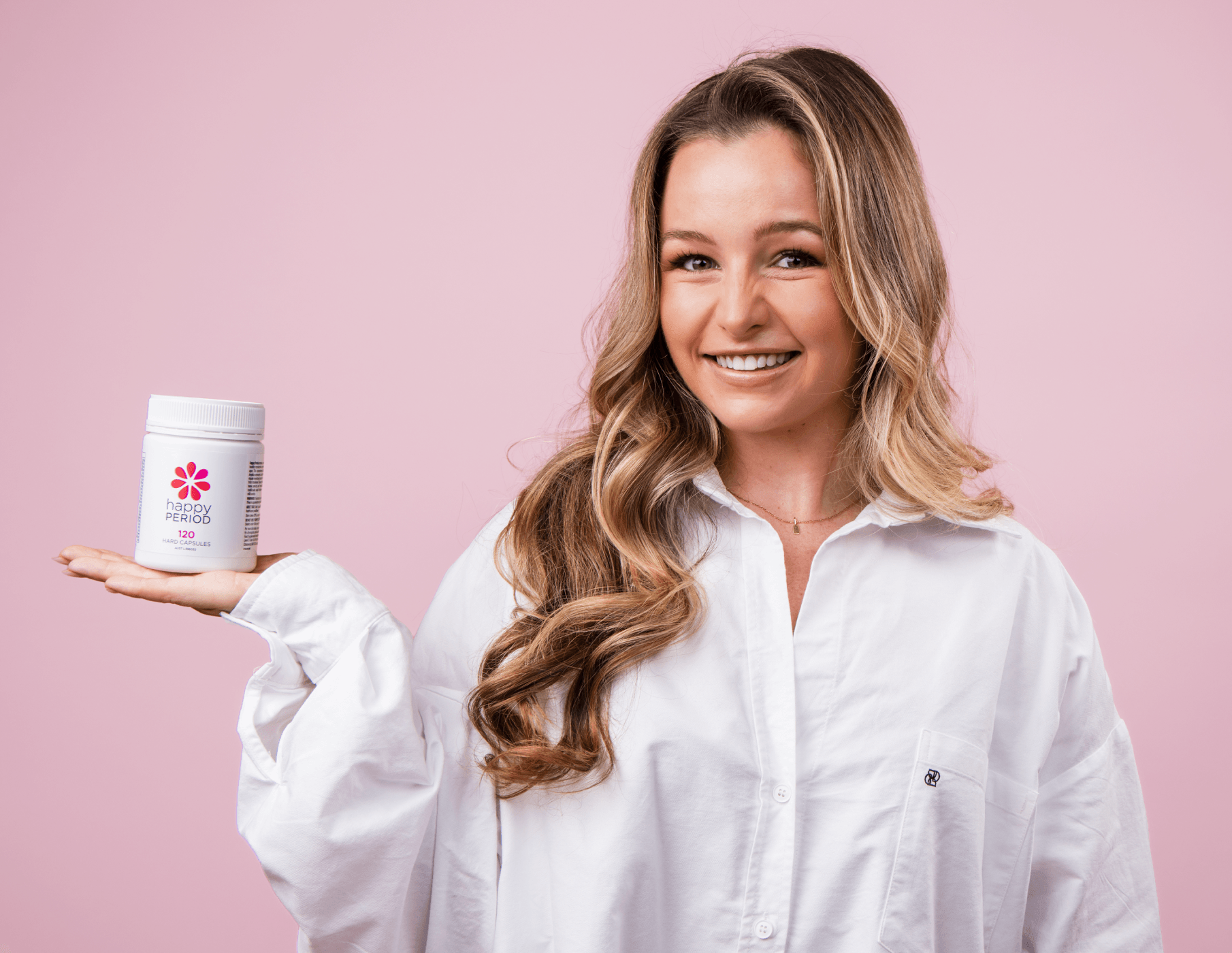

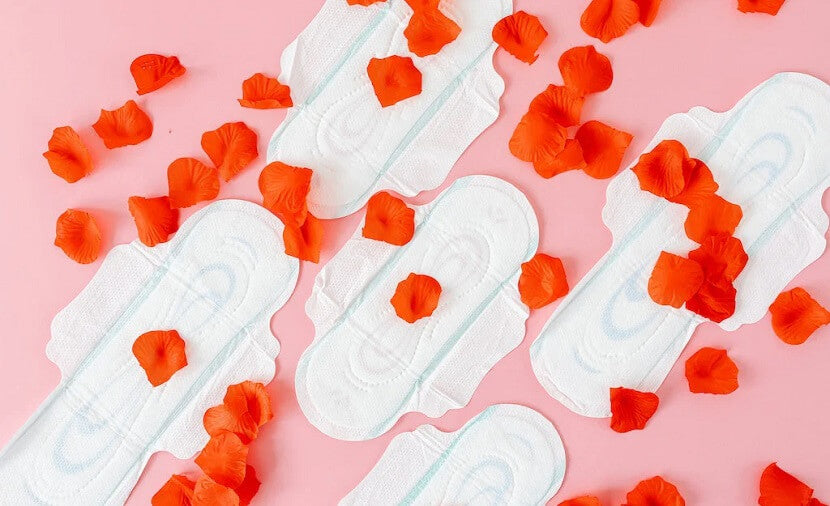

Leave a comment
This site is protected by hCaptcha and the hCaptcha Privacy Policy and Terms of Service apply.